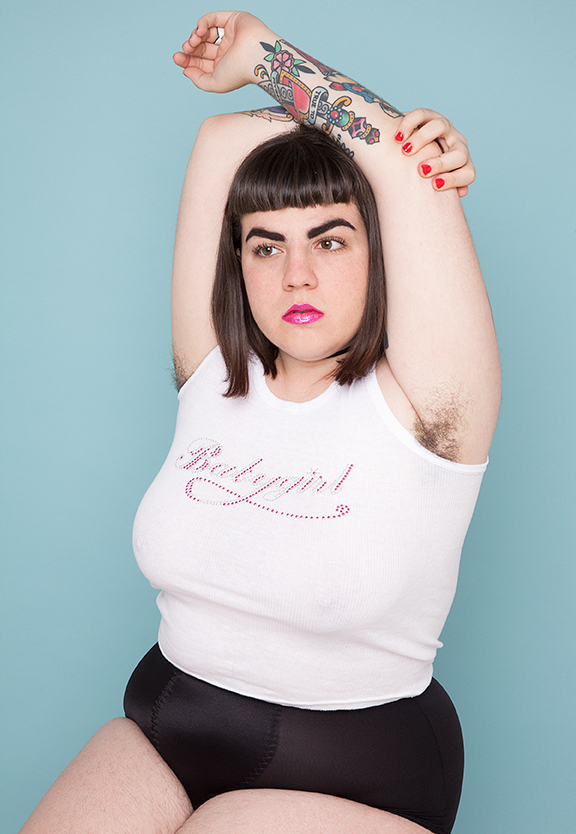Whether shooting her friends in the studio or her mom in her native South Florida suburbs, photographer Molly Matalon takes pictures that are beautifully composed, but never short on character. After graduating from New York’s School of Visual Arts–where she was mentored by Kathy Ryan, New York Times Magazine‘s Director of Photography–last year, Molly ditched her Brooklyn digs and relocated to San Francisco, where she’s presently exploring a new kind of intimacy with best friend and fellow photographer Damien Maloney. Before the pair hit the road to further their collaborative project Olive Juice, we caught up with Molly about carving her own kind of body positivity and why selfies are important.
Tell us about yourself.
I grew up in South Florida, in Boca Raton and Delray Beach. The area is mostly full of old people, so I spent a lot of time going to punk and hardcore shows in Pompano or Miami. I wanted to be friends with people in the hardcore scene, but there’s a deeply rooted masculinity so I always felt like I was on the outskirts, and still kind of do. I’d go and take pictures of bands, which turned into shooting people for their MySpace profiles. That’s actually how I got into photography.
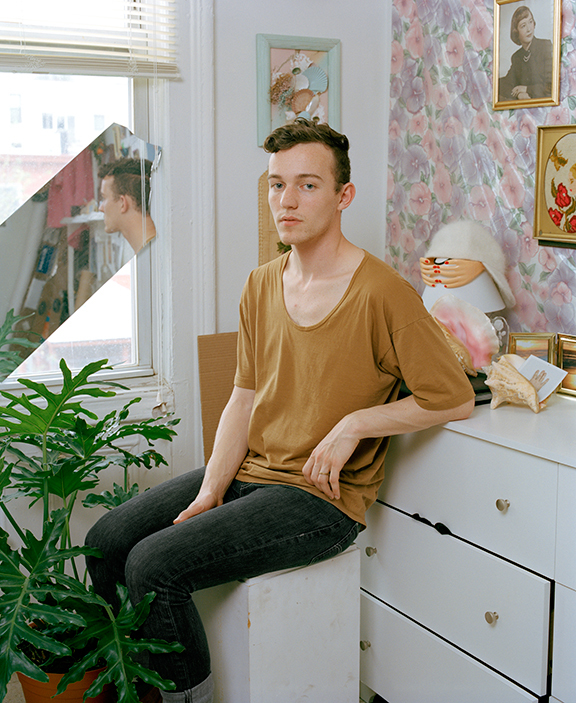
Really?
People are always like, “I got into photography because my grandfather gave me this amazing vintage camera” — come on, that’s not true! Boca Raton is a beach town, but I was so self conscious about my body, I never went to the beach. I hung out at the mall, went on MySpace, and went to punk shows. If you think about it, in a lot of ways MySpace was Tumblr before Tumblr existed. So much photography now lives on Tumblr, but I used MySpace as that jumping off point.
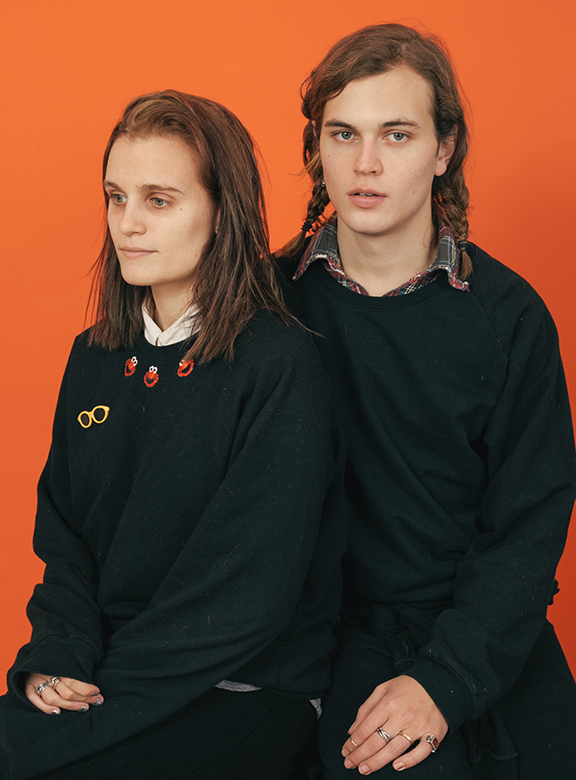
i-D Spain covered your group exhibition in Madrid, and you’ve collaborated withMike and Claire on a few projects. Whether IRL or URL, how important is a creative community?
Although I didn’t have many friends growing up, I moved to New York and started going to school where everyone was excited about the same thing I am. I found people who were interested in thinking about things critically in the same ways I was, so we came together pretty naturally. When I’m photographing people in my own creative community or they’re photographing me, there’s this unsaid collaboration between us. We’ve come to know what the other is looking for, and we’re close enough to be really honest with each other.
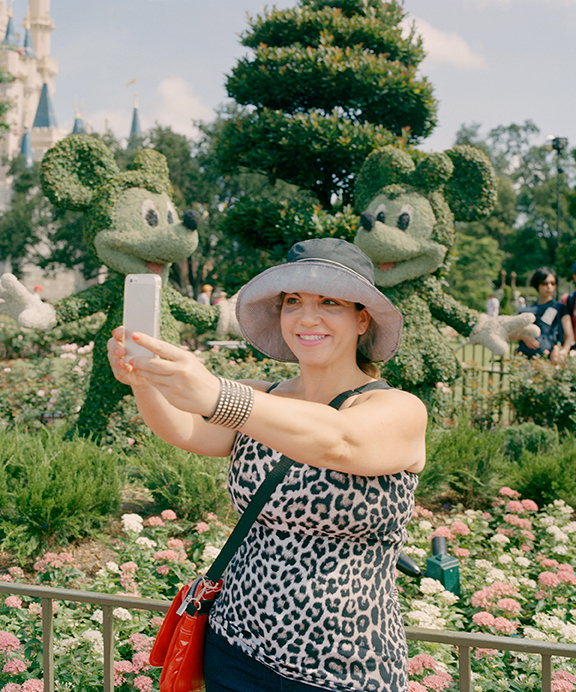
Speaking of being close to your subject, tell us about your Mom series.
There seems to be an age, around 40 or 50 years old, when women stop being photographed, maybe because we’ve stopped viewing them as sexy. My mom is that age, and we didn’t really have a relationship at all growing up. But those dynamics are what I was interested in exploring through photography: how femininity is performed at different ages and locations, and what similarities we share as women. It’s interesting to look at your mom critically and not emotionally. I’m not interested in making those kind of pictures about family that are very quiet, a mom on the end of the bed type of thing; I don’t have that emotional relationship with my mom. She’s a makeup artist and is super bubbly; she’s hung out with queer people her whole life because she’s been in the makeup industry. The personality that you see in the pictures is really who she is. And by taking pictures of her, I was hanging out with her more and got to know her better, so it rebuilt our relationship.

How has that project pushed your work forward?
From that series, I started making work in the studio for another project, Babygirl. After exploring sexuality and femininity by photographing my mom, I started asking myself questions like what are my experiences with sex and my own body? How do I see myself as a woman? I’m not a thin, conventionally attractive girl; a lot of interactions with men I’ve had have been where it seems like they’re trying to figure out if they’re attracted to my kind of body. So I wanted to explore the sexualization of “baby girl” and what that means to people, as well as how we see objects through a sexual lens.
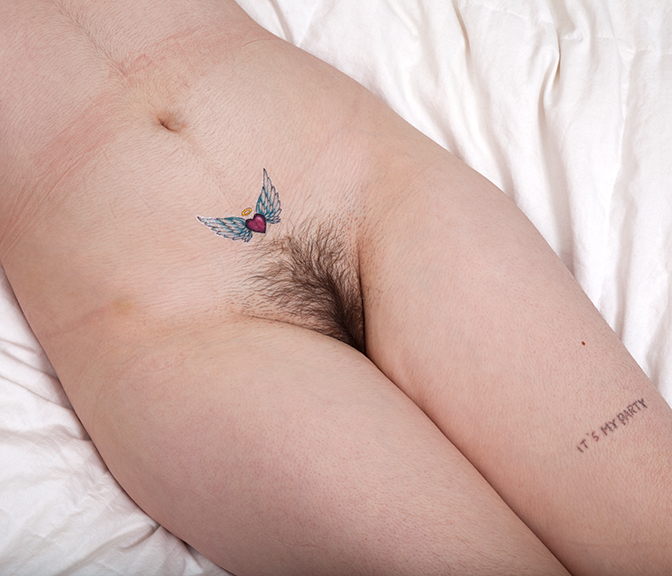
You were photographed in Ryan McGinley’s most recent Yearbook exhibition. Your friends shoot you all the time, but do you ever feel vulnerable being in front of the camera?
I really like being photographed. Over time, I’ve kind of become this narcissistic egomaniac and love having my photo taken, but I think that’s actually a good thing. In history, women who look like me haven’t really been allowed to have that presence or role, or even allowed to be excited about it when they do. It’s like ‘How dare you, larger woman, be confident in the camera, look what you look like.’ So I like taking that and turning it on its head.

I saw you posted on Tumblr about the Kim Kardashian selfie book. As a woman and a photographer, what are your thoughts? Are selfies destroying photography?
Someone in another interview asked me if I think my portraits are an accurate representation of the person. I don’t think portraits can ever be an accurate representation of the person because someone else is taking them. It’s my representation of the person. It’s not them, it’s me. And that’s why selfies are so important; it’s each of us saying “This is me. This isn’t me through the lens of anyone else.” I don’t think Kim set out to create a Time Top 100 photo book when she decided to publish Selfish. I don’t think she’s trying to say anything larger than ‘I’m a woman, and this is how I think I look.’ But that’s important, too.
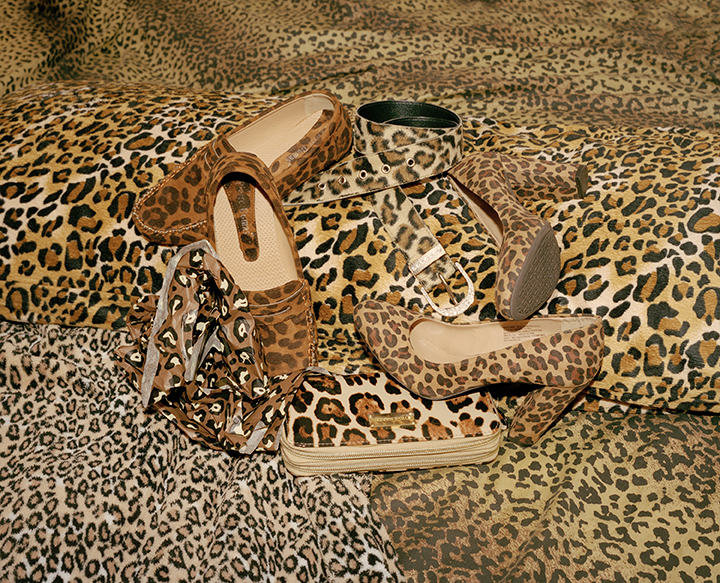
What are you working on currently?
Recently, I haven’t been photographing myself, but focusing more on the people and things around me. I’m working on a project called Olive Juice with my best friend, Damien. We have a very intimate relationship that’s not sexual, so we’ve been taking different trips together, photographing each other, and trying to figure out what this intimacy can mean.
Related: Check out Molly’s interview with Vice Photo Editor Matthew Leifheit here.
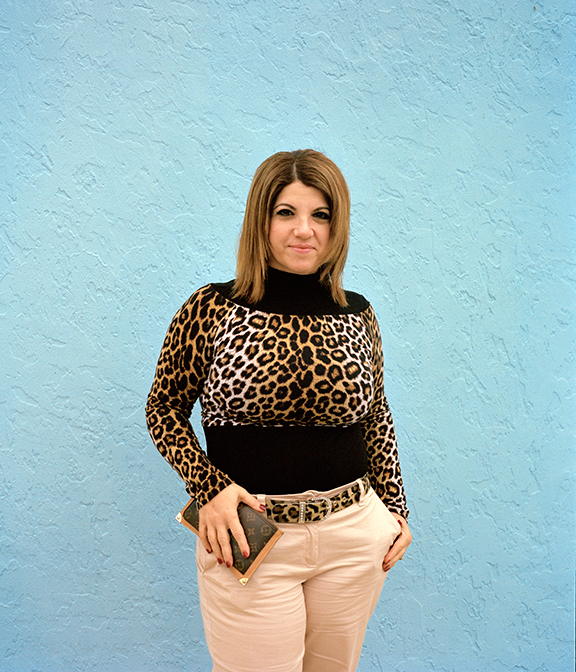
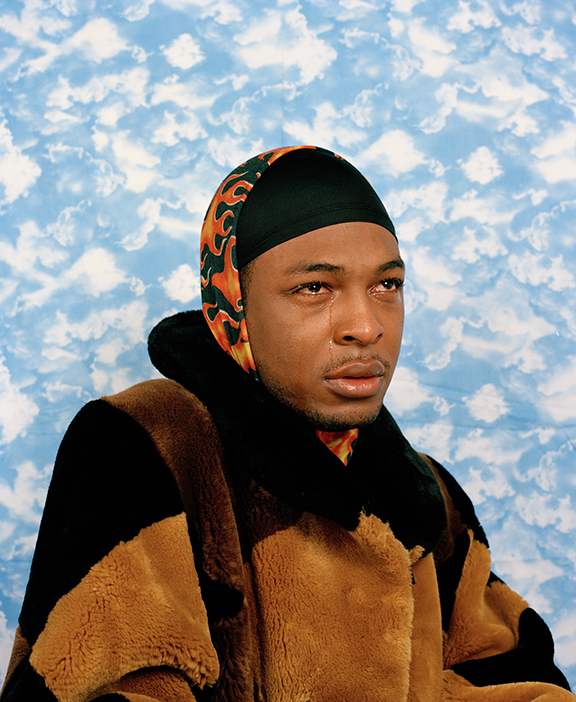
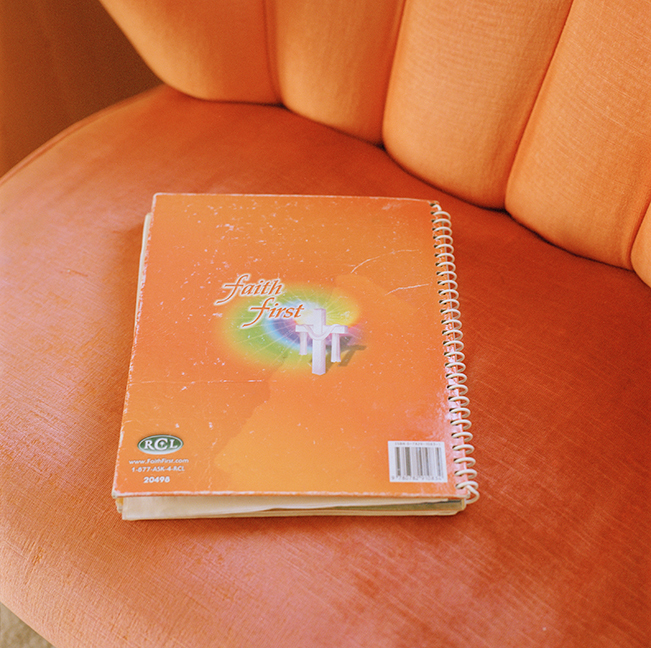
Credits
Text Emily Manning
Photography Molly Matalon
